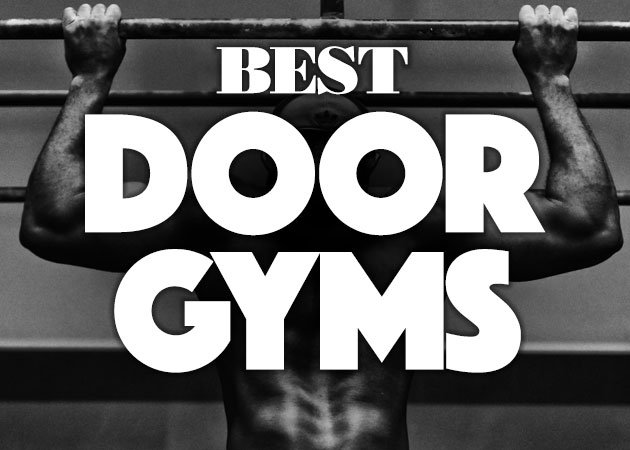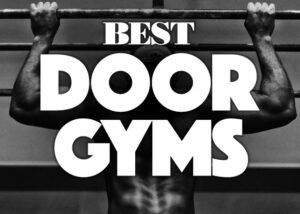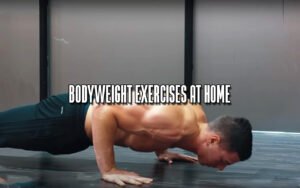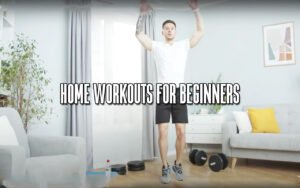
The planks are one of my favorite core-building exercises and strength-building routines. With few exceptions, most of my male clients over 40 can do the basic version of the posture without difficulty.
One day, for fun, I accepted a “plank-off” challenge from one of my gym buddies. He swore that no one under 50 could ever defeat him in his thirties, regardless of physical condition. After two minutes into the plank, we were bored, so my buddy upped the ante.
Little did I realize, but he had gotten me to do a more difficult offset plank, which asks you to balance on only one leg and one arm at a time.
I hadn’t done the variation in a long time, but he’d been practicing it to take me on and utilize my youth advantage. The offset planks, like the standard plank, work your core. However, it adds an extra balance and anti-rotation component to the workout. This is because it puts more strain on the entire body – which is an excellent technique for older guys to increase their efforts in the movement without overburdening their joints.
The offset plank begins with your body weight equally distributed on your forearms and feet, like the traditional version of the exercise. To maintain a straight spinal posture and engage your shoulder blades, squeeze your core and glutes. Your back should be flat in this plank’s position, and your body should not be drooping at all. Keep your head straight and look down at the floor while keeping it neutral.
Now that your body is in position, you’re ready for the offset planks. For this first step, raise your right arm off the floor and extend it straight out. The pressure you feel in your core, grounded component, rear deltoids, and traps will be instant. If you’re comfortable in that posture, raise your left leg from the floor. The pressure in your raised portion’s core, glutes, quads, and hamstring will be more apparent.
The balance component adds to the difficulty aside from the overall body strength required for the offset plank. Your core is working even more challenging to keep your body up and balanced, as it must support your weight and balance. You’ll also need greater strength in your glutes and shoulders to raise your arm and leg, which activates your posterior chain muscles.
Unfortunately, I was defeated in the “plank-off” competition against my buddy. I lost and waited for a rematch for at least five years on that day.








